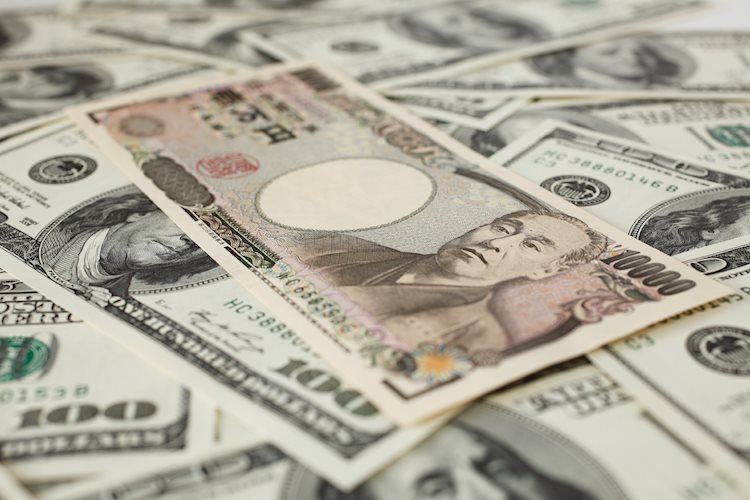The Japanese Yen is strengthening due to the potential for divergent monetary policy. The Bank of Japan (BoJ) is starting to normalize its policy while other central banks are close to ending their tightening cycles. The USD/JPY pair declined after the Nonfarm Payrolls report missed expectations, casting doubt on further Fed rate hikes. The Yen closed higher against the US Dollar on Friday, with the pair closing at 149.28, down 116 pips for the day. The Yen is benefiting from the expectation that the BoJ will eventually shift its ultra-loose monetary policy stance while other central banks are ending their tightening cycles. The Yen has been weakened by negative interest rates in Japan, which has driven investors to seek higher returns elsewhere. However, with major central banks reaching peak interest rates, the tables could turn if the BoJ starts tightening. The BoJ took a first step towards tightening its policy by relaxing its cap on 10-year Japanese Government Bond yields. However, the Yen sold off after the BoJ meeting because Governor Kazuo Ueda suggested that interest rates would need to remain low for longer due to inflation being driven by higher commodity prices rather than increased demand. The Yen continues to strengthen against most majors as market perceptions see the potential for policy divergence between the BoJ and other major central banks. Friday’s Nonfarm Payrolls report led to traders offloading the Dollar, causing the Yen to gain the most against the USD. The report showed weakening labor metrics in October, reinforcing the view that the Fed is done with raising interest rates. The Yen is hindered by a lack of demand-driven inflation, as rising input costs from higher commodity prices, particularly oil, are the main drivers of inflation. BoJ Governor Ueda’s comments suggest that the BoJ will need to maintain easy monetary policy for longer to stimulate economic growth. The Yen is further hampered by a disconnect between the actions and rhetoric of the BoJ. Although the BoJ relaxed its JGB yield cap, it still intervened to cap rising yields, treating the level as a ceiling. In terms of technical analysis, the USD/JPY pair is at risk of a trend reversal. A break below the low of October 30 would provide stronger evidence of bears turning the tables on bulls. The pair has broken out of the rising channel it has been in and is challenging its moving averages. However, the medium and long-term trends still favor upside for the USD/JPY pair. The US Dollar is the official currency of the United States and is the most heavily traded currency in the world. Its value is primarily influenced by monetary policy set by the Federal Reserve. When inflation is above the Fed’s target, interest rates are raised, which strengthens the USD. When inflation is low or unemployment is high, interest rates may be lowered, weakening the USD. The Fed can also implement quantitative easing to increase credit flow in the financial system, which typically weakens the USD. Quantitative tightening, on the other hand, involves the Fed stopping bond purchases and is usually positive for the USD.
